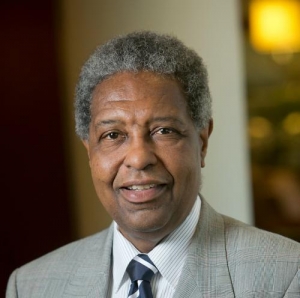In this article from The Living Church, the enduring question of how the United States might seek reconciliation and absolution for its legacy of slavery is brought to the forefront. It examines the renewed national and international interest in reparations for descendants of enslaved African Americans, sparked by persistent racial disparities in wealth, power, and justice. Highlighting responses from institutions like Virginia Theological Seminary and dioceses across the Episcopal Church, as well as academic initiatives in places like Halifax, Canada, the article explores how reparations are being defined and debated—ranging from financial compensation to public memorials, formal apologies, and a more honest retelling of history in education and public discourse.
William “Sandy” Darity, Founding Director of the Samuel DuBois Cook Center on Social Equity and Samuel DuBois Cook Professor of Public Policy at Duke University provided his perspective on a possible model for reparations based on his “straightforward scholarship” and calculations on wealth differentials. These are variously derived from assessing the inequalities created by two pillars of injustice during the Jim Crow era: the theft of black-owned property and the systematic subjection of black people to inferior and inadequate resources (schooling, housing, etc.). Darity cites an Associated Press report in his 2003 article that states there were “406 cases of black landowners who had 24 thousand acres of farms and timberland stolen from them in the first three decades of the twentieth century.”
Read the full article here: Reparations: No Black-and-White Solution

